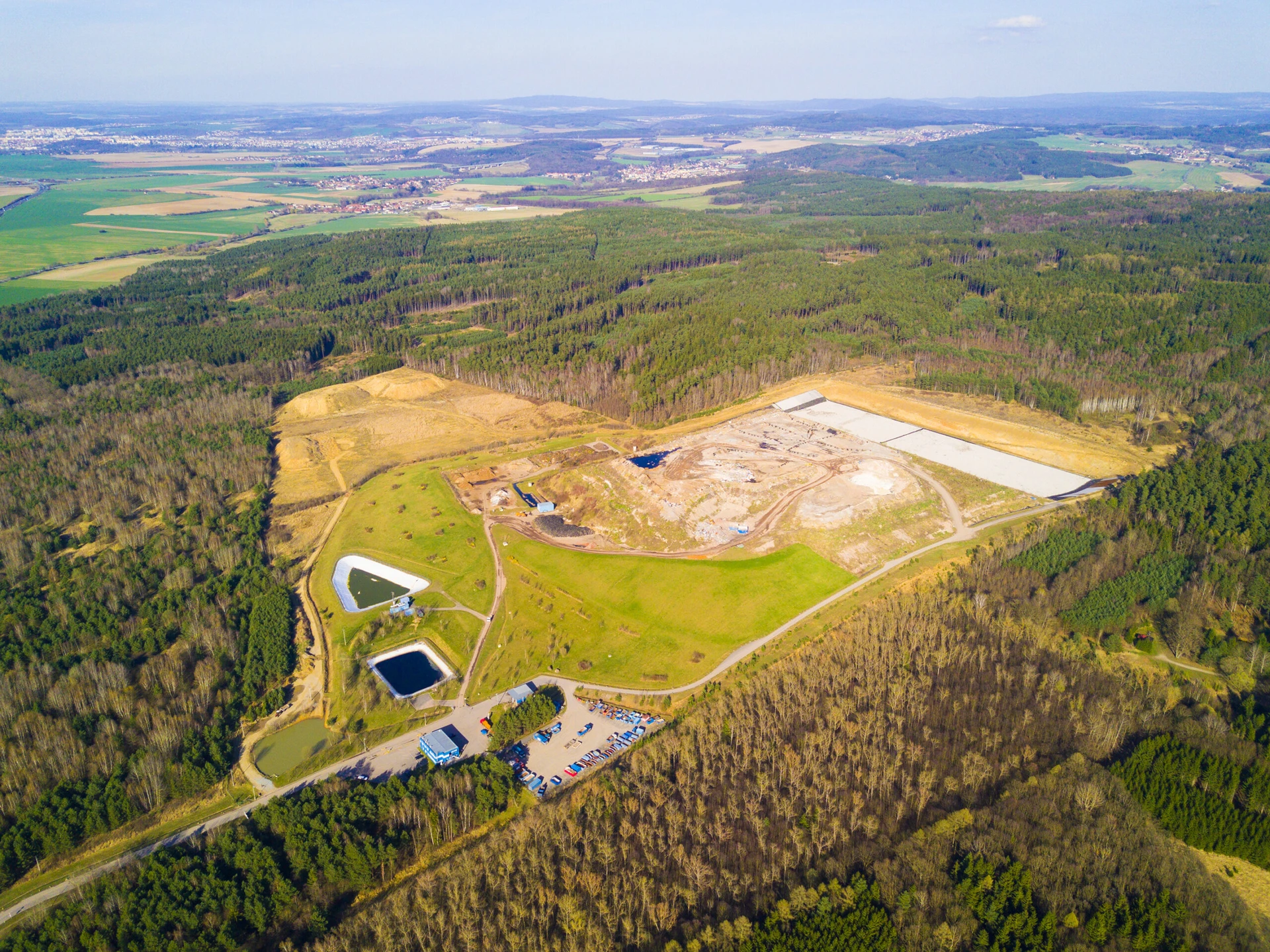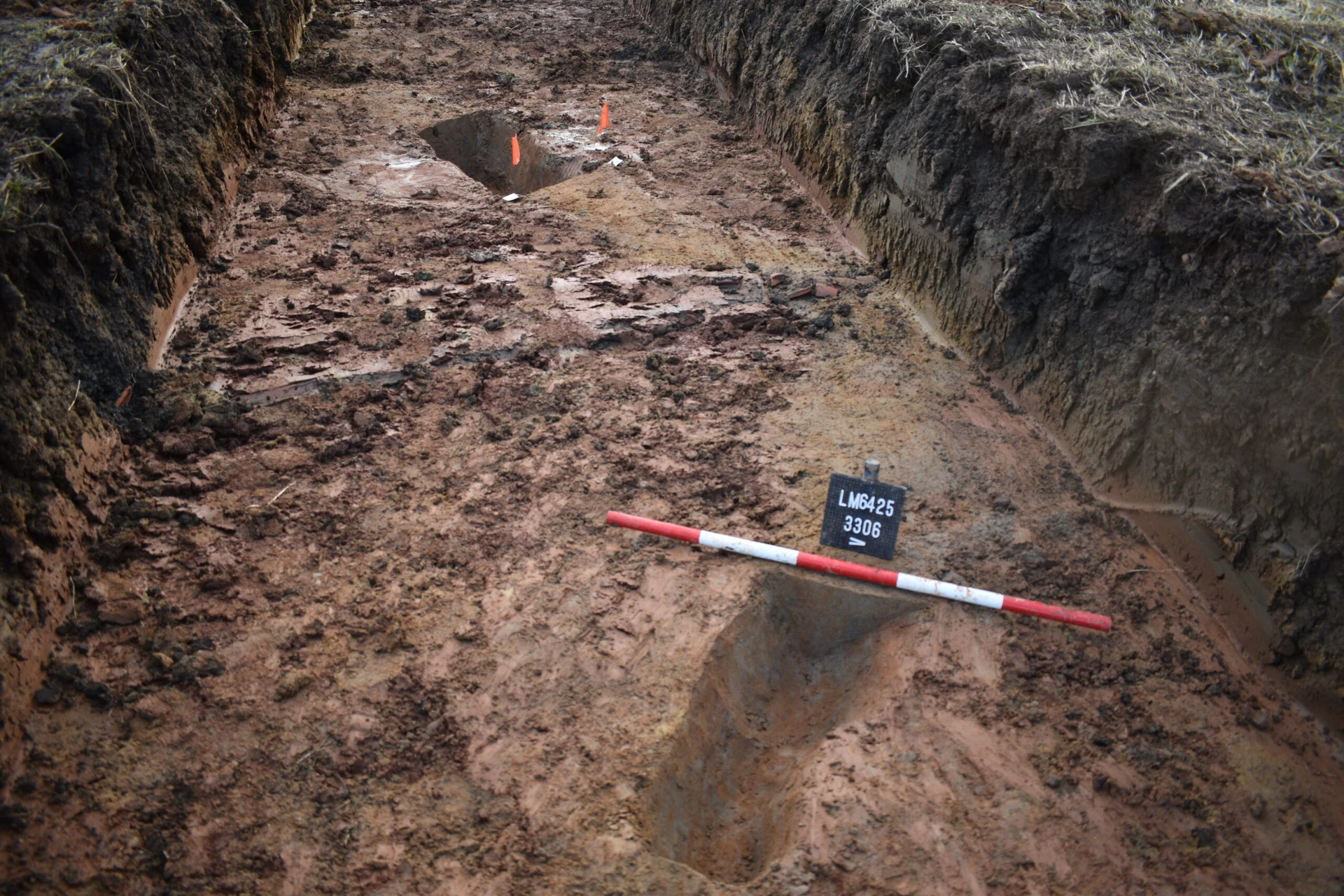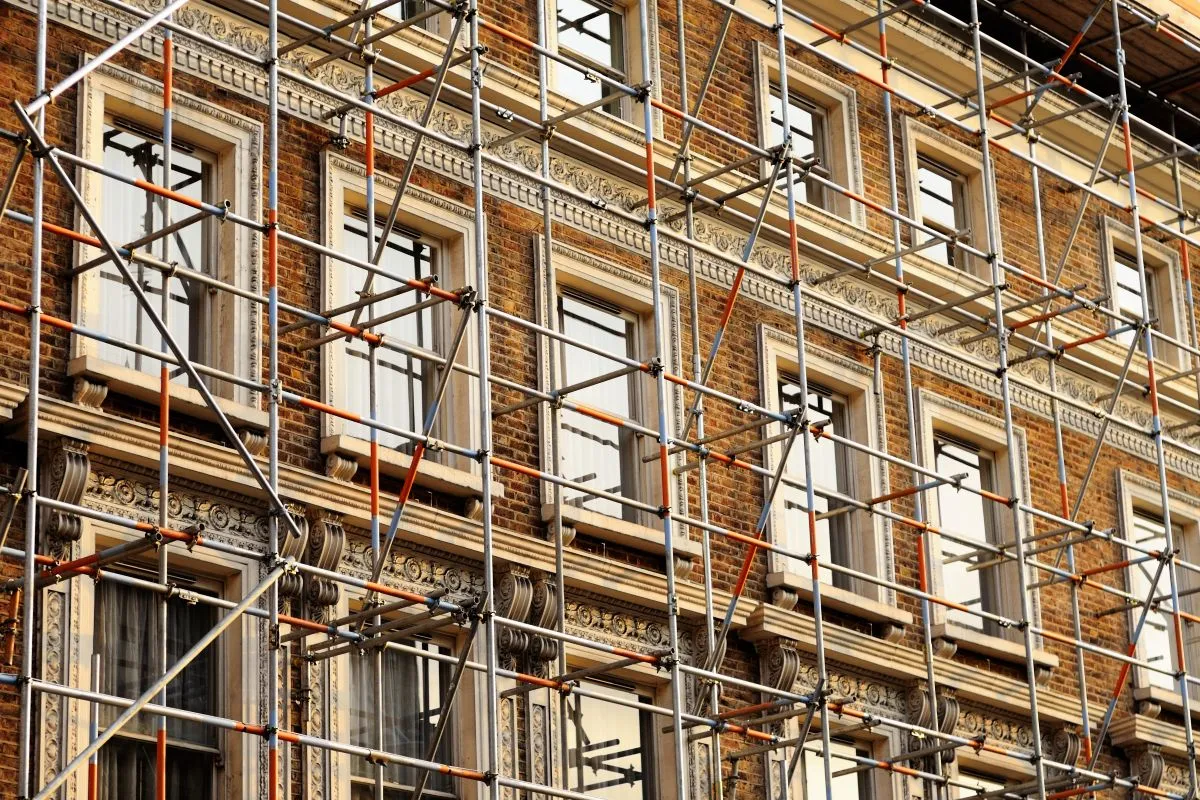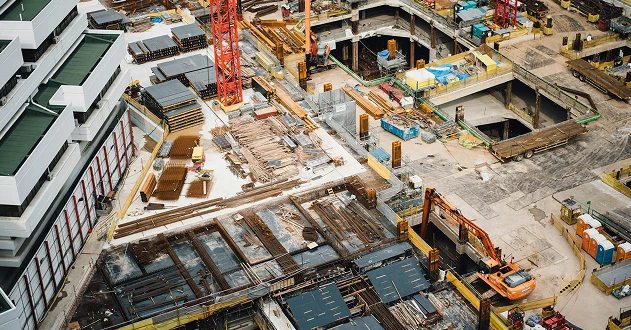Historic Landscape Characterisation (HLC)
We carry out Historic Landscape Characterisation to support strategic planning by identifying patterns of past land use and providing context for heritage assessments. Our service includes:
- Categorisation of land by historic function and form: Identifying field systems, settlement patterns, industrial zones, and other landscape types.
- Support for strategic planning: Informing decisions on land allocation, conservation priorities, and development sensitivity.
- Presentation of findings: Delivering outputs as interactive maps, spatial models, or written reports tailored to project needs.
- Integration with other heritage data: Aligning HLC results with archaeological, architectural, and environmental datasets.
- Stakeholder engagement: Supporting planners, developers, and heritage bodies with accessible, evidence-based insights.



